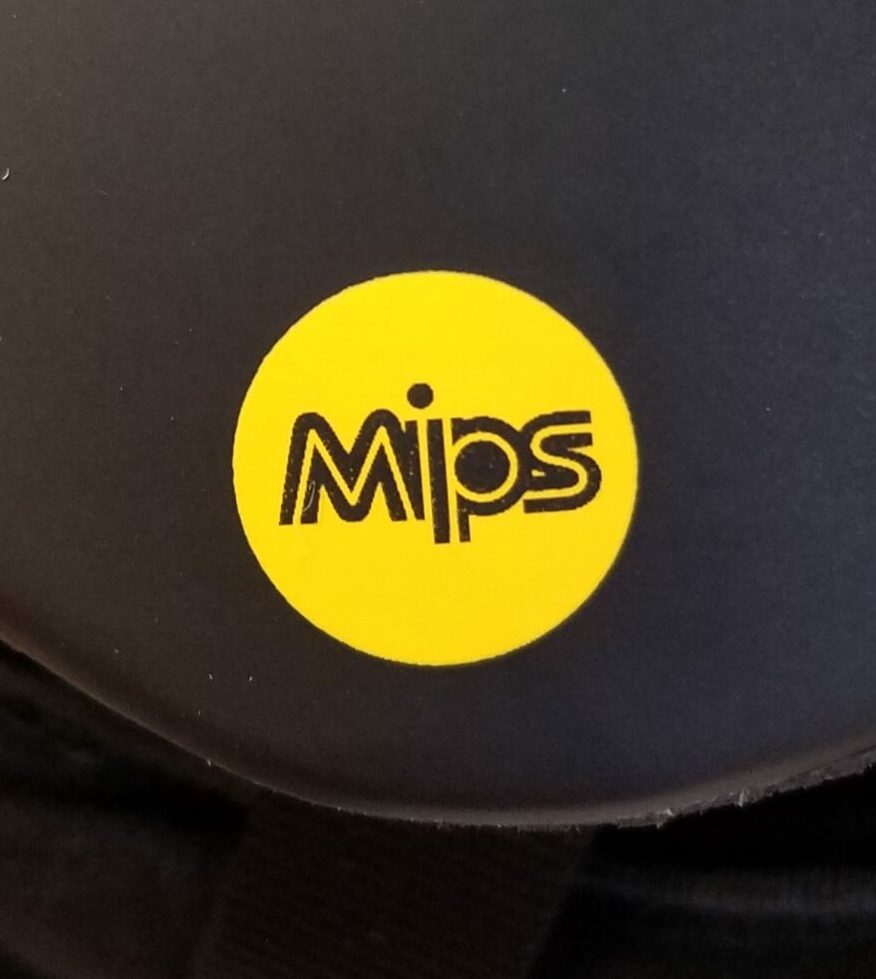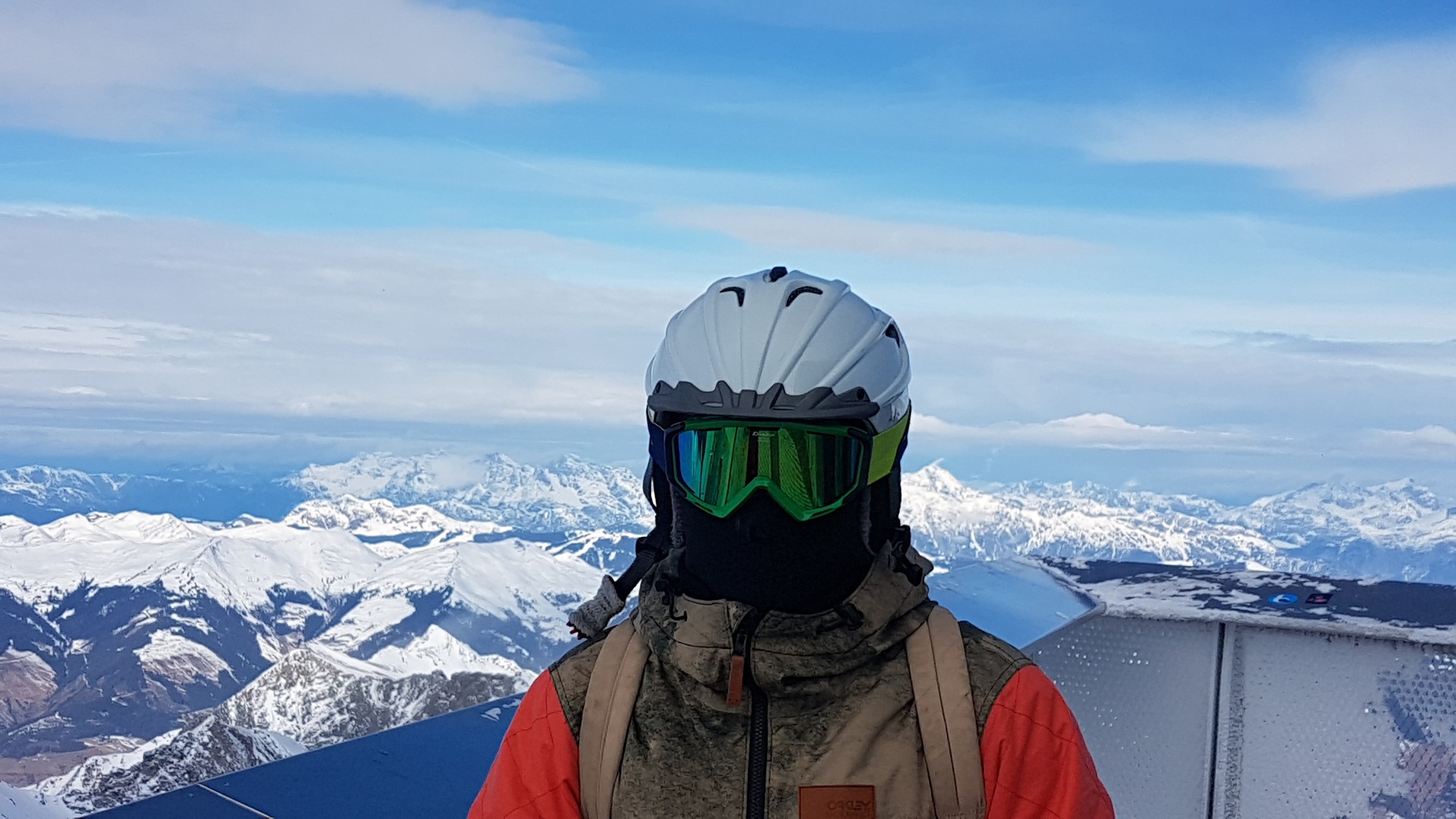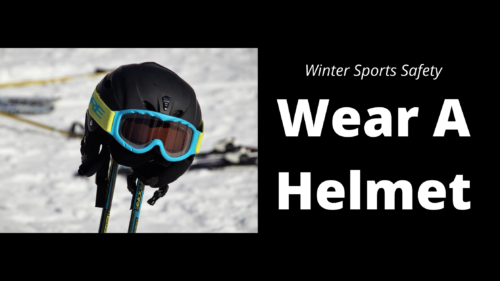We may earn money or products from the companies mentioned in this post, but this does NOT cost you anything extra! Check out my full disclosure for more info.
I remember the first time I went snowboarding after renting my gear for the day (which consisted of boots, board, and bindings).
I asked if a helmet was included. I was informed it would be an extra $20.
I remember not wanting to pay more money and finding it interesting that the rental person seemed annoyed I even asked.
That was when my friend silently mentioned, “Nobody wears them.”
The sad part was that my friend was right! Only a few people were wearing a helmet that day on the mountain.
Fast forward a few years, and I decided I wanted to get back on the mountain.
So, naturally, I wanted to purchase my own helmet. Safety is important, and I didn’t care what others think. Okay, let’s also be real for a second.
I spend a good part of the day doing epic falls as well.
This time on the mountain, I was shocked to see only a few people not wearing them! Times have a funny way of changing; if you think about it, it’s similar to riding a bike (you better have a helmet).
You truly never know what could happen. It’s better to be safe than sorry. Buy or rent a helmet.
MIPS Helmets – Putting Safety First
Let’s start with the coolest thing to come to helmets in years. MIPS! But what is it?
Well, there are tons of helmets on the market today.
There are many features, but one that is slowly becoming the norm offers extra safety with MIPS.
A few years ago, I learned that the Multi-directional Impact Protection System (MIPS) helps with the rotational motion caused when the head hits the ground during a fall.
Yeah, that is a mouthful.
There are studies done that determined the most common fall is not head-on.
Rather, it’s your head hitting the ground on an angle. This angle will cause your brain to bounce around, which is one thing we all want to prevent.
So what does MIPS do?
It provides an extra layer inside your helmet that will move 10 to 15 mm in every direction. This movement helps reduce the impact the brain sustains during the impact. So, in layman’s terms, it’s a good thing!
If you are like me and like visuals, I found a video showing what MIPS does.
Just note it’s mainly about bicycles, but the same applies to all helmets with MIPS.
Now that most have it, I’ve also seen the price go down. It’s a win-win!
If you wonder if your helmet, or the one you are considering purchasing, has MIPS, look for the round yellow sticker.
Click here if you want to learn more about MIPS.
Ensuring a Proper Fit
Finding the proper fit for most gear is important. That is no different for your helmet.
We have all seen people with loose-fitting helmets or ones so small that they sit on their heads.
Measurement
Let’s start with finding a helmet that is best suited for you.
There are many ways to find out; some manufacturers even have it printed on their websites. There is a measurement you can take.
- Grab a measuring tape (I like to use a webbing or cordage piece that I can lay flat to get a more accurate measurement).
- Measure around the largest part of your head
- One inch above your eyebrows
- It’s important to keep the measuring tape level.
If you have done this properly, you will now have the circumference of your head.
Take this number and look on the helmet box’s side or check on the manufacturer’s website to determine your size.
Another way to find a good-fitting snowsport helmet is by checking the one you already have. A perfect example is a bicycle helmet that fits properly.
If you don’t have another helmet, the last option is to try a few on. I suggest starting with the medium, which seems the most common.
Your Propper Fit
Start by following these steps to determine if your helmet suits you.
- A properly fitting helmet should feel comfortable.
- It is not supposed to be tight, and snug is what you are looking for.
- Does your helmet wobble around?
- Shake your head up and down
- Shake your head left and right
Get a different size if the helmet is too tight or wobbles around too much.
I have also had people bend at the waist, shake their heads, and see if the helmet falls off. You can too, plus it looks funny.
Side note regarding your helmet size and if you are using goggles.
Make sure there is not a gap between them.
Next, let’s check out the chin strap.
You want the strap to be snug against your throat.
This will help prevent the helmet from coming off if you take a fall. Like the helmet, the strap should fit snugly but not too tight.
Pretend you are chewing gum to find out if it’s a good fit. You want to ensure the strap doesn’t pinch or choke you.
Almost all helmets these days have a tightening mechanism that will fine-tune the helmet for your head.
The most common I’ve seen is the BOA system. Many snowboard boots that don’t have laces use this same system.
Some people like this system, I am one of them, and some don’t. I think it’s a fast and easy way to fine-tune the helmet to fit you.
How do you use the BOA system?
Push and twist the wheel to tighten and pull the wheel to loosen. The video below provides a quick tutorial on how this system works.
I have been asked if the BOA systems cable can break.
The answer is yes, but I have it on my bicycle, snowsport helmet, and boots.
I have never had the system fail. Some videos provide how to fix the system, but that is a bit beyond this article.
Just remember, it’s just one of the many examples out there.
Features
Depending on the helmet you have, there are many features out there. The most common ones that I have seen include:
- GoPro, or other camera, mounts
- Removable liners
- Audio spaces for listening to music (side note, put the phone away, you are there to enjoy nature, be present at the moment)
- Goggle tracks on the side and rear of the helmet (also keep the goggles from falling off)
- Vents that can open and close depending on weather conditions
- Soft or hard cases sold with the helmet
Speaking of cases. I like the soft case the best. I keep my gloves, Buff, and goggles inside my helmet in my soft case. This ensures I always have everything I need in one place.
Certification Of Helmets
It’s common for people to wonder how safe a helmet is. I agree with you, so I’m including this quick blurb here.
If you move the lining between the shell and padding, you might see a sticker with a series of numbers. Like most things in life, it’s all about certifications and how they have been rated.
I went to my most trusted website for outdoor information (if you haven’t guessed, I always start with REI.com).
They had some information about the most common stickers and numbers that you will see.
If you are interested, it’s the two below.”
- ASTM F2040 – Our US standard for nonmotorized snow sports. It is the most common in the snow helmet certification for skiing and snowboarding. Look for the certification by locating the ASTM sticker inside the helmet.
- CE EN1077 – This is the ASTM counterpart, as it is the European certification for alpine snow helmets.
Safety First!
I hope that you know or should know that wearing a helmet is extremely important.
Not only will it help keep your head warm, but it can also help reduce the risk of some injuries.
With all this said, remember to watch what is happening around you, don’t do anything above your means, watch the speed at which you are going, and remember safety is always important.
Thanks for sticking with me on this topic. I know that most people don’t want to deal with safety, but it’s important in all honesty.
You want to get to the mountain safely for a fun day, but you also want to make sure you head home in the same fashion—all in one piece.
So now it’s your turn.
What Helmet Do You Use?
Let me know in the comments below!


I admit none of my activities involve wearing a helmet. However, I still enjoyed this blog and the information.
With the overwhelming options out there, it’s nice to have simple instructions on how to ensure you have the properly fitting gear.
More importantly, I’m very pleased that you take safety seriously!
Thanks! Proper gear for what you are doing is defiantly needed.
This is not about a snowsport helmet, but yesterday I talked with someone who said they didn’t want to pay for a rock climbing helmet. I guess he thought it was too expensive. He then told me he would use his bike helmet instead (I uncontrollably smacked my hand to my head). It was a good “teaching” moment but let’s just say bike helmets and rock climbing helmets are designed for two very different things.
And that is the same for snowsport helmets. Anyway, I’m glad you enjoyed the post. I hope others will too!